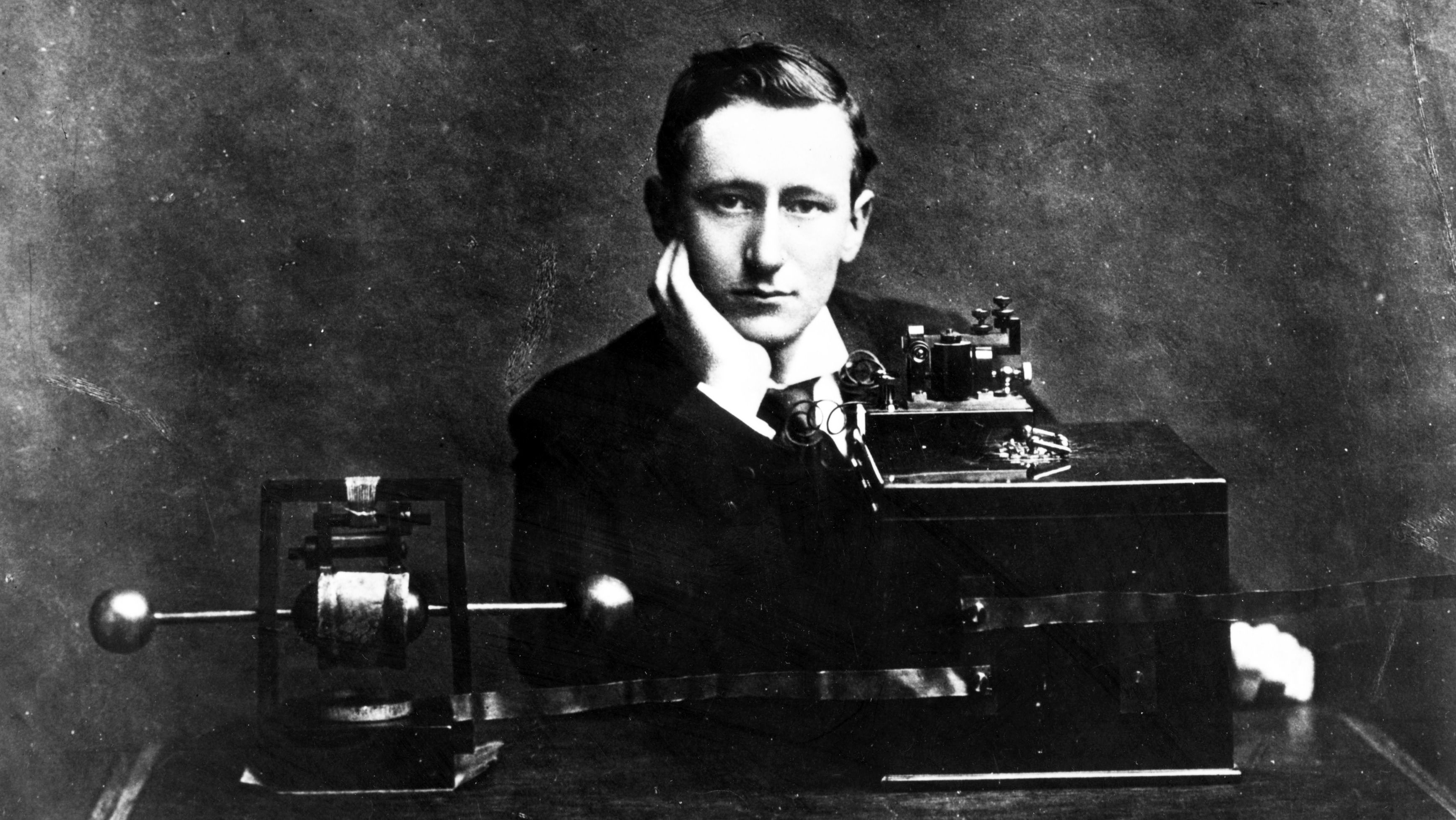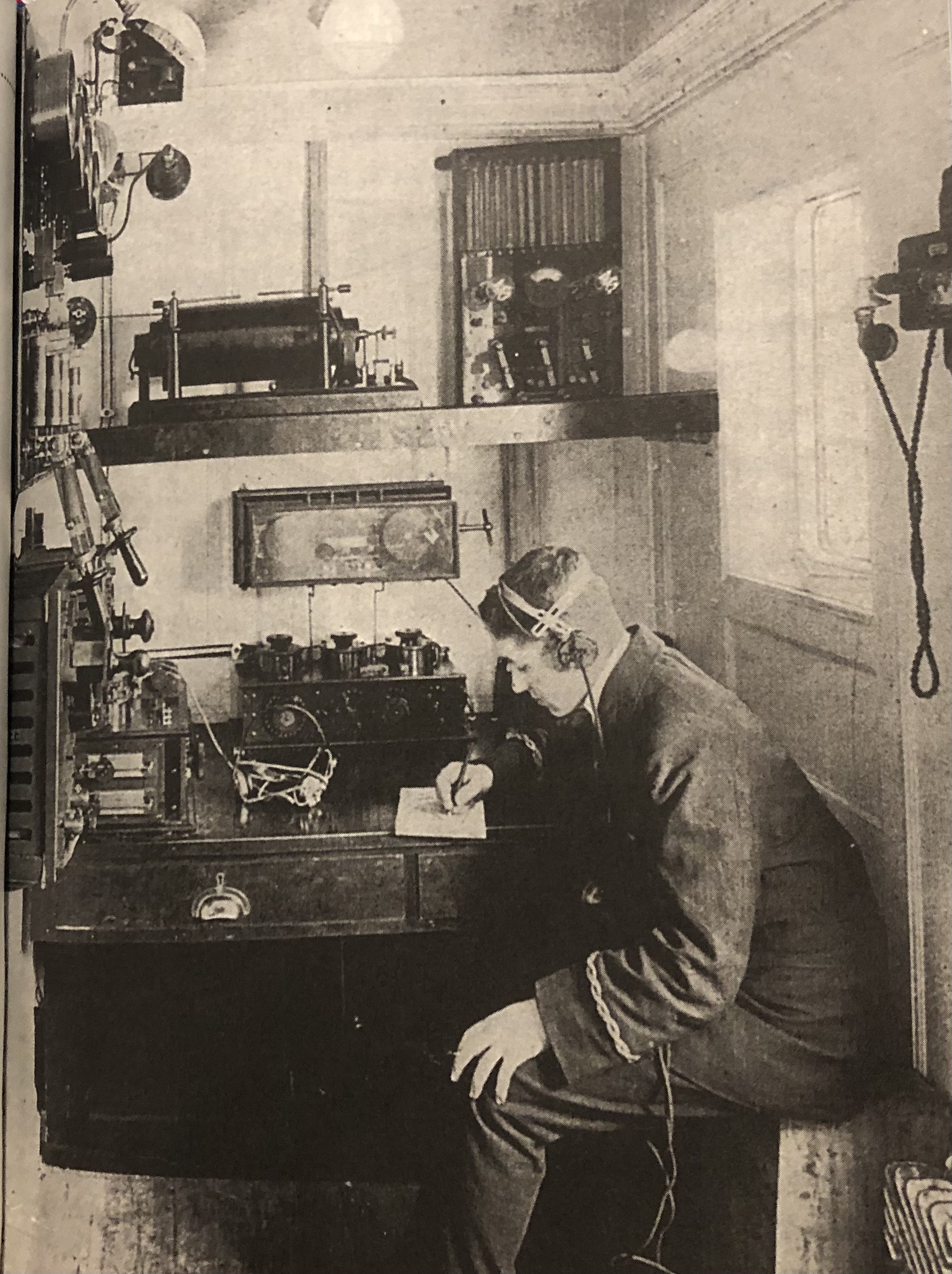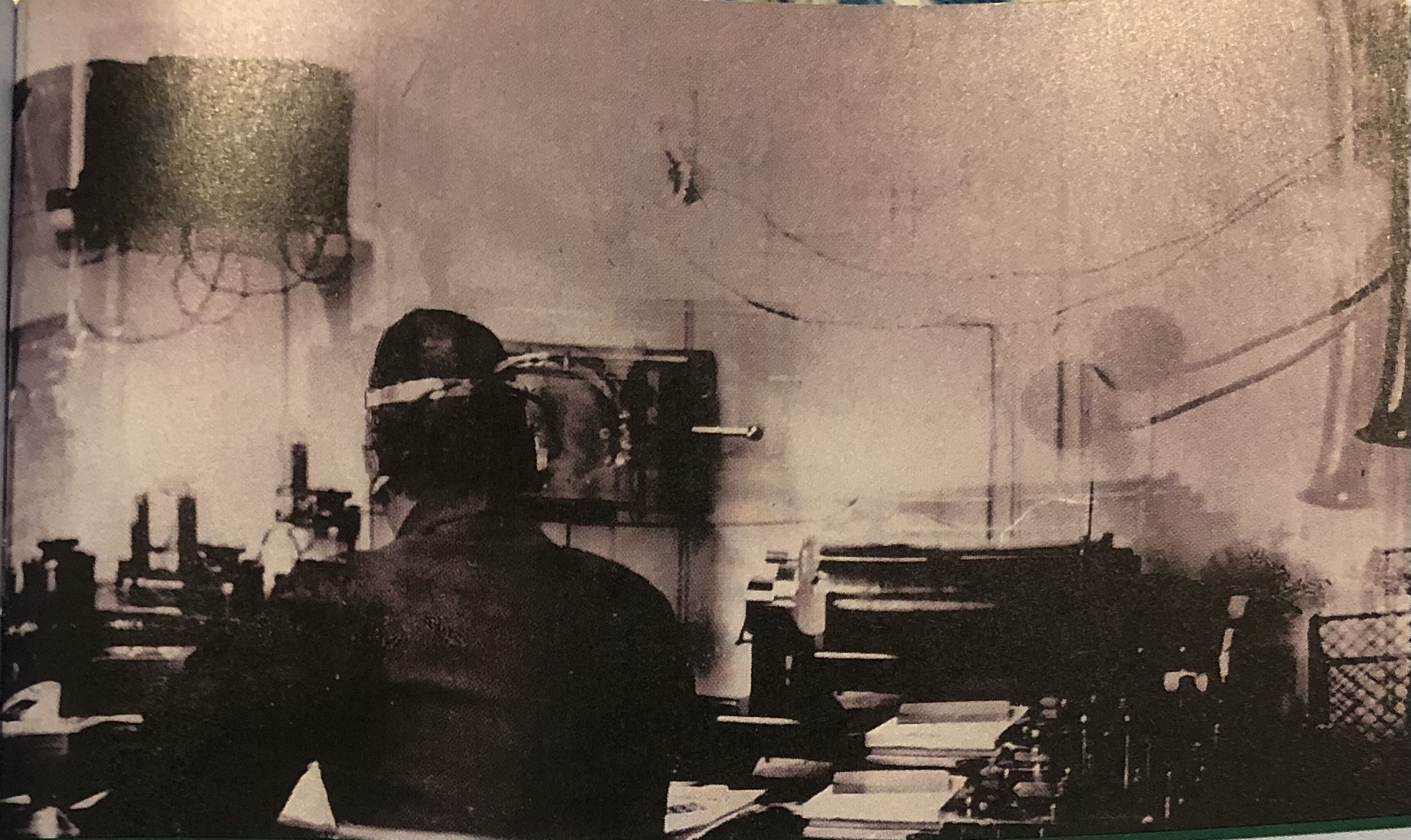Inside the Radio Room
In the 19th century wireless telegraph gained popularity. Radio signals couldn’t be continuously emitted, making voice messages impossible. Voice transmission would not be required until 1999. The Titanic's telegraph was designed by Guglielmo Marconi. In 1912, there was a change from the original distress code of CQD (seek you, distress our danger) and SOS (save our souls, save our ship). Marconi’s operators took time adapting to this change, which resulted in problems aboard the Titanic.

(Mental Floss)
.
"When they struck the iceberg, had they not had this facility on board, their distress messages that went out might have reached nearby ships but they would have never reached places where they did reach," ~Bill Hayes, broadcaster, director of engineering and technology for Iowa Public Television and vice president of the IEEE Broadcast Technology Society
Titanic employed two Marconi operators: Jack Phillips and Harold Bride. They weren’t trained for emergencies and were stationed in the Marconi room, which was primarily for passenger communication. The priorities of passengers were first before all others so there was no dedicated radio room in case of emergencies.
The men were under pressure with the constant transmission and receiving of telegrams which led to mistakes, and warnings of ice being ignored. After hitting the iceberg, many of Titanic's CQD and SOS distress signals went unheeded. Their signals were sloppily done and they continuously switched between SOS and CQD, resulting in other operators downplaying the urgency of the situation. Jack Phillips's messages went from detailed to desperate as he sank with the Titanic, signaling in his last moments. Despite all the failures relating to the radio, it also proved to be the main factor in rescuing those who survived.

(Sherrow)
“Those who have been saved, have been saved through one man, Mr Marconi... and his marvellous invention.”
-Herbert Samuel, Postmaster General

(Hopkins)
Professional operators struggled because of amateurs interfering with their messages. There was a spread of misinformation from amateurs with a report declaring “all Titanic passengers safe; towing to Halifax.” The truth was learned a day after the sinking.